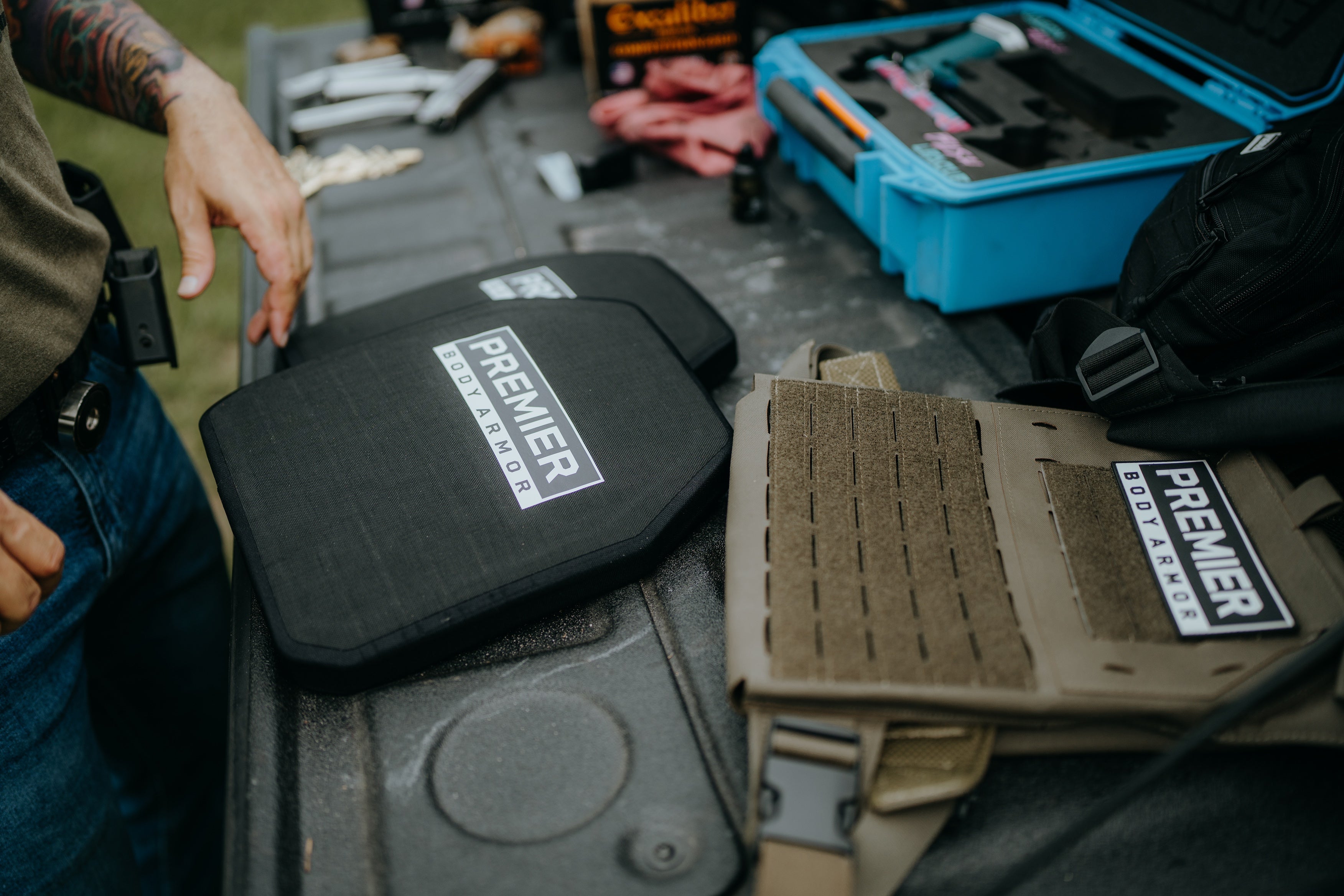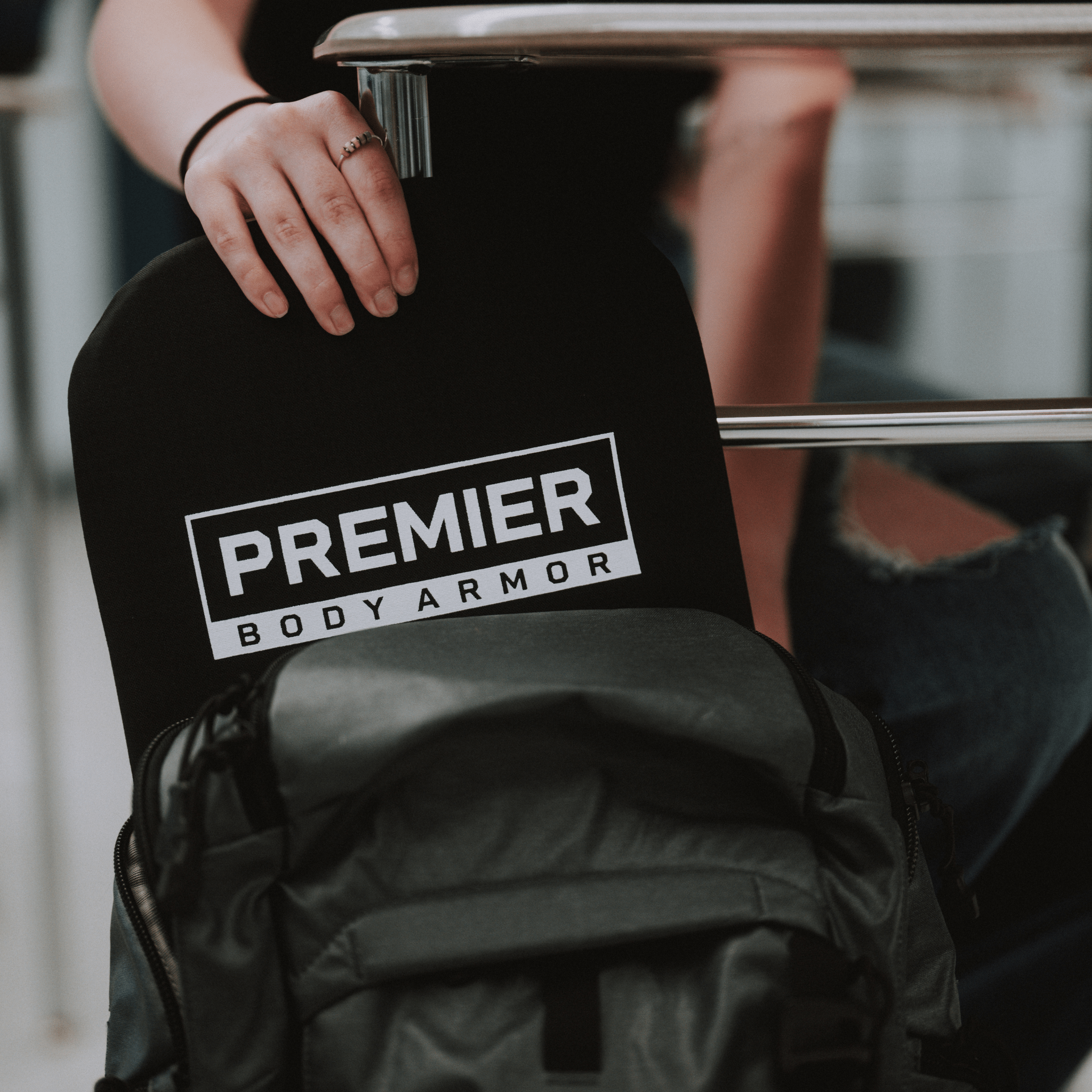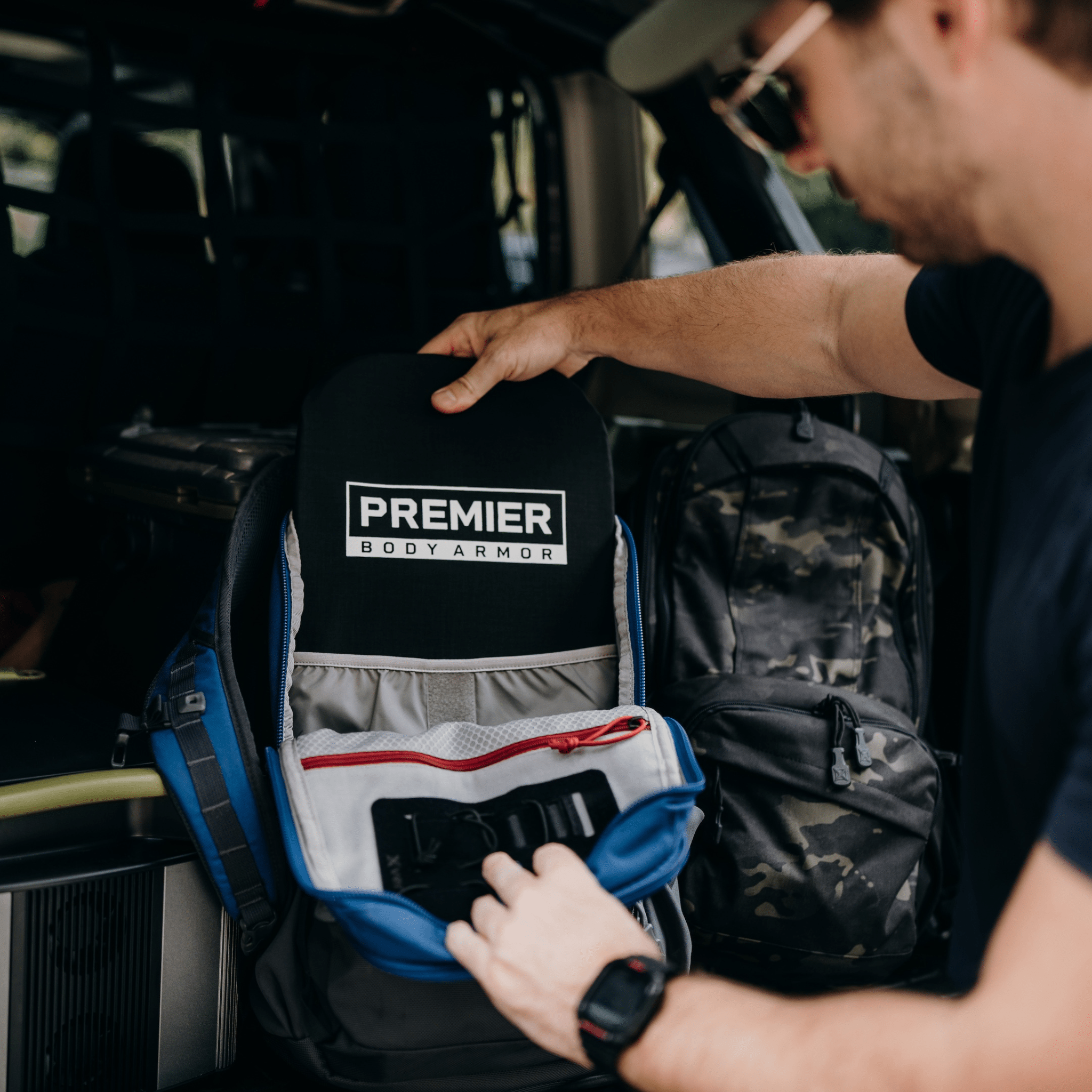A Comprehensive Guide to Church Security: Essential Steps to Protect Your Place of Worship
The Growing Importance of Church Security
Recently, church security has become a focus for many faith-based communities. As places of worship face unique safety challenges, creating a church security plan, and having the necessary tools, is essential to create a safe environment and protect your congregants. Whether your congregation meets in a church, synagogue, mosque, or temple, protecting your place of worship requires discussion, planning, training, and the right tools.

In this guide, we explore practical steps for church security, introduce useful church safety tips, and explain why products like the Everyday Armor T-Shirt and Bleed Control Kit are important in helping keep your congregation safe.
Steps to Protect Your Church
- Conduct a church security self-assessment
- Create a church security and emergency plan
- Train church staff, volunteers, and attendees
- Work with first responders
- Implement a clear communication system
- Review and update plans regularly
Step 1: Conduct a Church Security Self-Assessment
The first step in improving church security is to conduct a church security self-assessment. This can help you find potential gaps or vulnerabilities in your current system, and prioritize areas that need improvement. The Cybersecurity and Infrastructure Security Agency (CISA) offers a Houses of Worship Security Self-Assessment tool that can guide you through evaluating your facility’s safety. They recommend focusing on a few main areas:
- Sanctuary or Main Gathering Area: This is typically where most people gather during services and events, making it essential to include in your church safety measures.
- Fellowship Hall and Communal Spaces: Communal areas where congregants gather for meals or events may require added security.
- Financial Office: A prime target for theft, so include it in your church security plan. You should also consider a weekday plan for those working in offices on a typical workday schedule.
Completing a church security assessment can help understand your facility’s strengths and weaknesses, which can, in turn, help you create a faith-based security strategy that addresses your unique needs.

Step 2: Create a Written Church Security and Emergency Plan
Just as you should have a home emergency plan, every place of worship should have a written security and emergency operations plan tailored to their specific needs. A comprehensive church emergency response plan outlines procedures for managing threats, including active shooter, lockout, and shelter-in-place procedures.
To build an effective church security plan, consider addressing the following:
Identification of Potential Threats
Specify the risks that your faith-based community may face. While similar to schools, churches and houses of worship have unique elements to consider, like multiple unlocked doors and a lack of building-wide announcement system.
Church Safety Drills
Schedule regular emergency drills for staff, volunteers, and congregants. Keep in mind all areas of your building, including prayer rooms, classroom, and church nurseries. While a church-wide drill may not be practical during a traditional service, you should practice these drills in smaller groups to be better prepared.
Mass Notification System
Plan for notifying congregants during emergencies through public address systems or mobile alerts. You may also consider the ability to project a notification onto a screen that could be displayed during the service if necessary.
Additionally, outfitting church leaders and security teams with discreet body armor, such as the Discreet Executive Vest, can add an extra layer of security. This lightweight, concealable vest offers Level IIIA protection and can be worn comfortably under a suit or other attire, making it ideal for pastors and church security personnel who need bulletproof protection without drawing attention.

Step 3: Train Staff, Volunteers, and Congregants on Church Safety Protocols
Training is essential for faith-based community safety. Provide regular training for church security teams, staff, and volunteers on the emergency plan, including active shooter response and bomb threat procedures. Make sure all staff members understand what to look for and that they, and lead volunteers, have access to crisis response kits.
For volunteer security teams, equipping them with Everyday Armor T-Shirts is a practical way to provide them with lightweight body armor that remains concealed and comfortable. This bulletproof t-shirt fits close to the body, offering discreet protection without the bulk of a traditional vest. It’s also more comfortable, with removable ballistic panels so you can wash the shirt. It’s an ideal choice for those who want concealable body armor while serving in a security role at their place of worship.

In addition to staff training, consider running safety drills for congregants so everyone knows what to do in an emergency. Part of this process includes:
- Annual Training: Provide yearly training sessions and quarterly refresher courses.
- Quick Reference Guides: Distribute user-friendly reference materials for key procedures.
- Emergency Kits: Equip essential areas with Bleed Control Kits, especially in church offices, classrooms, and reception areas. This trauma kit can make a critical difference in an emergency by providing immediate first aid for severe injuries until professional help arrives.
Step 4: Collaborate with First Responders and Community Partners
One of the best ways to improve church security is by building relationships with local first responders. Collaborating with police and fire departments can enhance faith-based security efforts. Here’s how:
- Share Essential Information: Provide first responders with facility maps, access points, and evacuation routes.
- Regular Training: Invite first responders to conduct training sessions on your premises.
- Crisis Response Kits: Consider providing Bleed Control Kits and other emergency medical supplies in accessible locations for first responders.
By working with first responders, your place of worship ensures that local emergency personnel are familiar with your building layout and specific safety needs. This collaboration greatly enhances your church’s ability to respond to critical incidents effectively.
Step 5: Install Mass Notification and Crisis Communication Systems
A reliable mass notification system is vital in any church security plan. Such a system allows you to alert everyone in the building during emergencies, ensuring that congregants and staff are informed about the appropriate response actions.
Elements of an effective communication plan include:
- Audio and Visual Alerts: Use both sound and visual cues to accommodate individuals with special needs.
- Periodic Testing: Regularly test the system to ensure it’s fully functional.
- Alternative Communication Methods: In the event of a power outage, have backup communication options available.
With an effective mass notification system, your church safety protocols will be stronger, keeping everyone informed and enhancing your community’s ability to respond swiftly.
Step 6: Review and Update Church Security Measures Regularly
Security for places of worship requires ongoing evaluation and improvement. Schedule annual reviews of your church security and emergency plans to ensure they remain relevant. This process should involve updating:
- Lockdown, Lockout, and Shelter-in-Place Procedures
- Emergency Kits: Make sure Bleed Control Kits and other first-aid supplies are replenished and accessible.
- Community Partnerships: Keep contact lists updated and review protocols with first responders.
Regular reviews allow you to incorporate feedback from safety drills and real-world experiences, ensuring your faith-based security measures are always up-to-date and effective.
Recommended Church Safety Products
For added peace of mind, consider equipping your church with these essential security products:
- Everyday Armor T-Shirt: Perfect for volunteer security teams and individuals wanting concealed protection. This bulletproof t-shirt offers Level IIIA ballistic protection in a lightweight, breathable format that’s easy to wear and conceal.
- Discreet Executive Vest: Ideal for pastors or church leaders, you’ll get protection without sacrificing comfort or discretion. This concealable kevlar vest provides Level IIIA protection, making it ideal for anyone in a leadership position within the congregation.
- Bleed Control Kit: An essential for church offices, classrooms, and entry points. The Premier Body Armor Bleed Control Kit is compact and portable, providing the tools needed to manage severe bleeding in emergencies.
These products enhance your church security plan by equipping staff and congregants with practical tools for personal safety and emergency response.

Conclusion: Building a Safer Place of Worship
Improving security for places of worship involves a proactive approach that combines assessment, planning, and training. By following these steps and investing in essential security tools like the Everyday Armor T-Shirt, Discreet Executive Vest, and Bleed Control Kit, your church can create a safer environment for everyone.
Prioritize safety and preparedness within your faith-based community. Start by creating a church security checklist, and make a commitment to regular training and review. For more insights on body armor, safety, and preparedness, visit our blog and explore our resources.
To equip your church security team with the right tools, contact us at 704-214-9951 or send us your questions at sales@premierbodyarmor.com










I purchased my armor t-shirt and wore it for the first time this past Sunday. Nobody realized I was wearing it under a First Tactical polo.
I’ve been working in a jail for 25 years, it’s more comfortable than the IIIA vests worn at work.
This product is amazing and a friendly shout out to Keith Graves, thank you, sir!
Thank you for such a simple and cohesive church security plan that can accommodate from the smallest to large churches.
Leave a comment